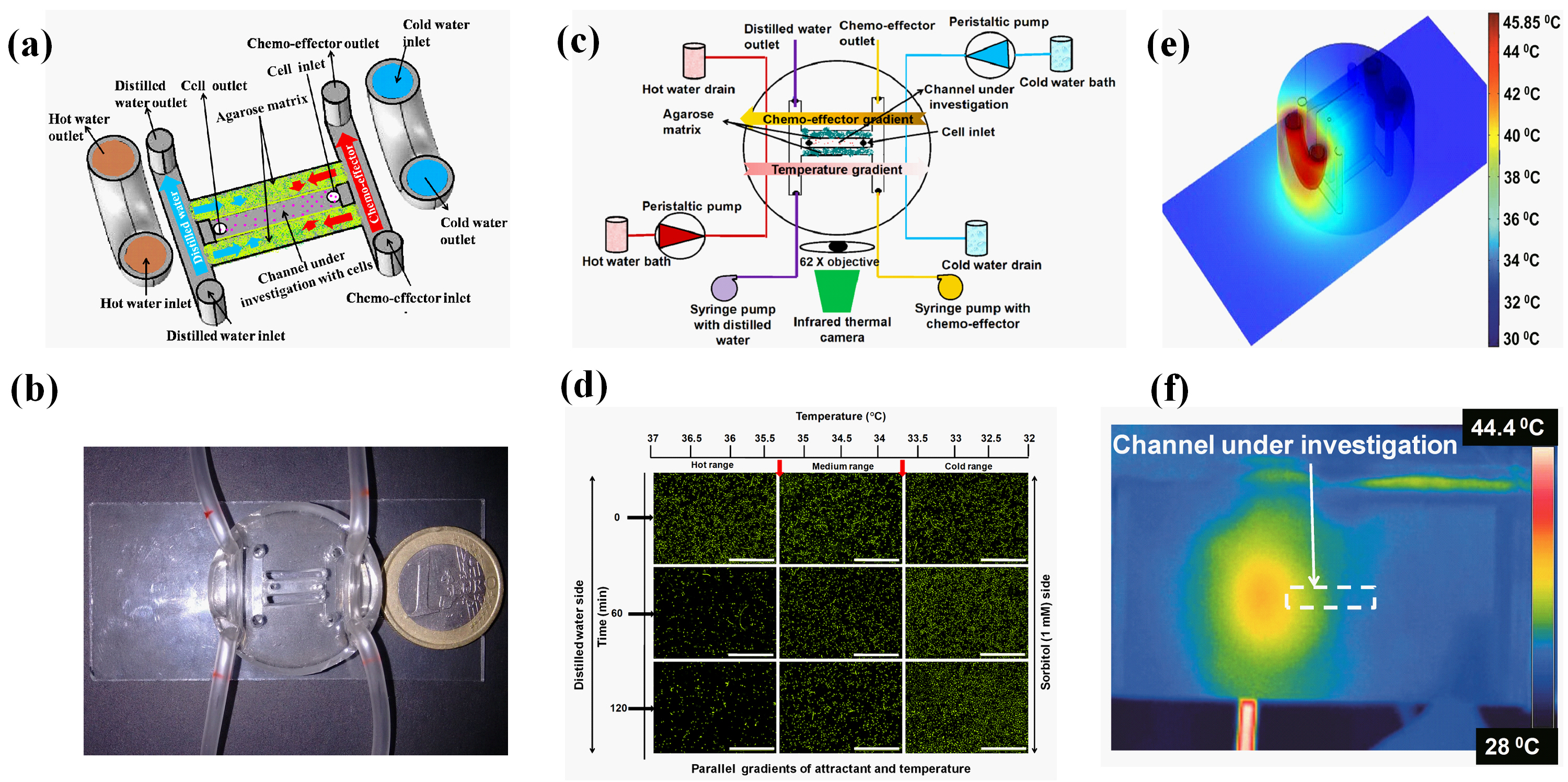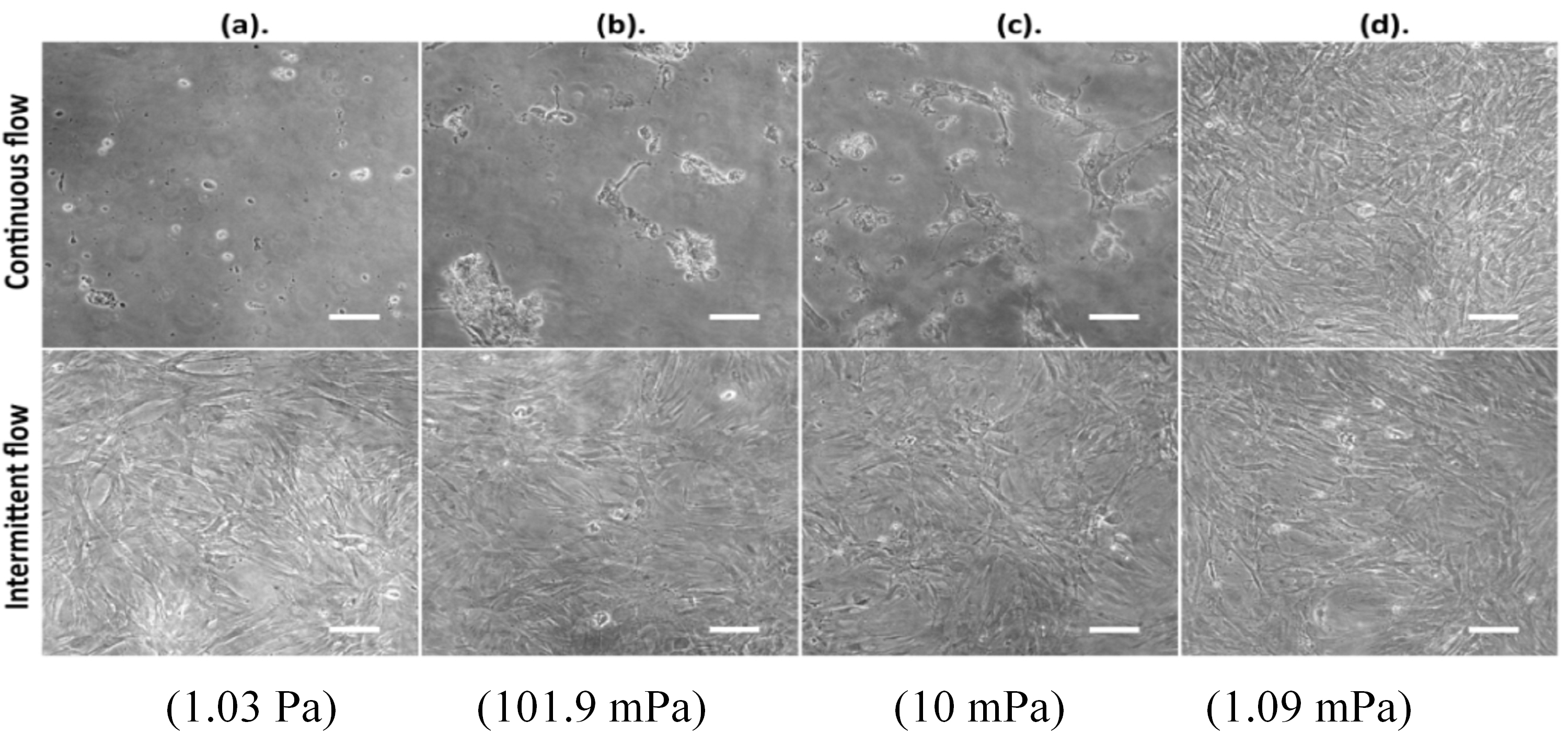Bio-Microfluidics
Microfluidic device is a platform on which thermal, chemical and bio-physical gradients of interest can be created and maintained by means of manipulating fluid flow in micro channels. It is the future technology for complete health monitoring and biomedical research.
At present, our research group is primarily focusing on the heart’s biomechanics. The mechanical parameters such as pressure-volume changes and fluid\wall stresses plays a critical role in normal functioning of the heart. Hence, we are in the course of developing a heart-on-a-chip platform which can simulate the heart’s mechanical properties.
In the past our group has worked on the below given biomicrofluidics topics:
- Bacterial taxis in microfluidic devices where we have developed a novel microfluidic device which simulates both chemical and temperature variation within the human body. Bacterial taxis under chemical gradient, thermal gradient and competing chemical and thermal gradients have been studied in the developed device.
- Fluid shear stress mechanotransduction of cells where we have developed a microfluidic device which can generate logarithmic fluid shear stress. Rat bone marrow mesenchymal stem cells (rBMSCs) and cancer cell HeLa were used in the device to study their mechanotransduction behavior.
(Refer our publications for details)

Fig.1. (a) Schematic Illustration of the Channels in the Device for Combined Chemical and Thermal Gradient Generation. (b) Photograph of the Microfluidic Device Used for Combined Chemical and Thermal Gradient Generation. (c) Line Diagram of the Experimental Setup for Cell Migration Study under Imposed Competing Chemical and Thermal Gradients. (d) Migration Characteristics of E. coli cells Under the Influence of Parallel Gradients of Temperature and Chemo-attractant. (e) COMSOL (4.2.a) Generated View of the Microfluidic Device Simulated for Thermal Gradient Generation. (f) Infrared Image of the Device.

Fig. 2. (a) Logarithmic shear stress distribution, (b) PDMS device stained with crystal violet, (c) shear profile in device along length (1 ml/min), and (d) Experimental setup for mechanotranduction studies.

Fig. 3. Cell Proliferation in devices with silane coating after 4 days of continuous or intermittent flows under different shear stress levels.